In addition to playing disc golf fairly regularly, Elijah and I have watched a lot of the pro tournaments online. They have a subscription network for live coverage, but we generally watch an edited version of the final round for free on the JomezPro YouTube channel. Most of the tournaments are in the midwest and southeast but there were a couple Oregon tournaments on this year’s schedule, so last weekend we made a day trip to Portland for day 3 of the 2024 Portland Open.
I didn’t really know what to expect and it was going to be a long day (6 hours in the car plus ~8 hours at the tournament) so I was hoping for the best. I had so many questions starting with “What is parking going to be like?” There wasn’t a lot of info available ahead of time about parking but I was thrilled to see that we could just street park within about a 5 minute walk of the course!
The tournament schedule had the ladies teeing off first followed by the guys. Elijah’s disc golf teacher was in one of the first groups of ladies to tee off and that had happened a couple hours before we got there. After checking scores on my phone, we made a beeline back to hole 16. There was almost no one around and we weren’t even sure we were in the right area, but then we saw his teacher come through. She spotted after teeing off and came running over to give Elijah a hug! We watched her through the final holes and got to chat with her after. She made Elijah feel super special and even took him up onto the #1 tee between groups to get a great photo by one of the big PDGA sign boards. You can see it on her Instagram account.
After walking around the booths and grabbing some lunch, we watched the top ladies groups finish up on hole 18. Then we headed over to hole 1 and parked ourselves in a great spot with some shade but also great views of the green.
It ended up being a magical spot. One of the first groups we watched had Niklas Anttila in it (one of Elijah’s favorites.) As Niklas walked by, he fist bumped Elijah and blew Elijah’s mind! It was a tiny act but the unnecessary kindness of it was so wonderful.
That was more than we expected but it certainly wasn’t the end. When Andrew Presnell came through, his caddy handed Elijah a signed trading card. And then when Ricky Wysocki came through, his caddy rummaged around in his bag for quite a while and came out with a Ricky t-shirt in Elijah’s size! Elijah immediately put it on and Ricky gave him a big smile as he walked by. Just being close to all the people he watches on TV was a hit but these extra interactions sent him over the moon. In this image below, we are back against the trees just to the left of the guy’s disc in his hand in front in front of the person in the red shirt.
We watched everyone come through and then we headed further out on the course to watch a few more players come through before finally settling on hole 18 to watch everyone come through again. It was about 10 minutes between groups but Elijah never once talked about being bored or tired even though it was about 8 hours on the course in total.
If Elijah had to pick one player as his favorite, it would probably be Calvin Heimburg. Calvin was in the second to last group. We got to watch him make a stellar eagle on the last hole. You can see us in this photo below to the left of the basket. We are all standing and Elijah has an aqua colored shirt on. Or watch this video for a longer clip of the video that this screenshot was taken from. You can see Elijah jump up and cheer.
If you kept watching that video clip to see Calvin’s putt, you might have noticed that Tyla and Elijah were gone. (I was standing there recording a phone video like a dork.) Earlier in the day, Elijah had picked out a Calvin Heimburg disc as his souvenier. After the round, he waited in line to get it signed by Calvin and even got a picture with him too!
As I mentioned, it was a long day and we were wiped out by the time we got home. The morning drive wasn’t too bad but it would have been really nice to have a hotel that evening. I was really thankful for the autosteer feature on the Tesla as it took a lot of pressure off both of the drives.
If you can’t tell by now, we were very impressed with the event. Yes, disc golf is still a niche sport, but they put on an excellent show. You can tell they’re putting a ton of effort into really polishing it as much as possible. But since it’s still picking up steam, it’s very easy to attend an event like this and tickets were only $21 (plus Elijah got in free.) The only time when a crowd was minorly annoying was on the final hole of the day with the final group, but realistically it was probably only 200-300 people. I was still able to see just fine, and there was zero traffic leaving the event.
Most of these same players will be playing next week a little farther south in Oregon. We’re excited to do this again sometime, but that’s probably a little too soon. We’ll have our eyes on the schedule next year though! Most events are east of the Mississippi but it’s nice to see a couple within driving distance for us.
A huge thank you goes from our family to everyone who made our day special, but especially Corey! She made Elijah feel like a VIP!

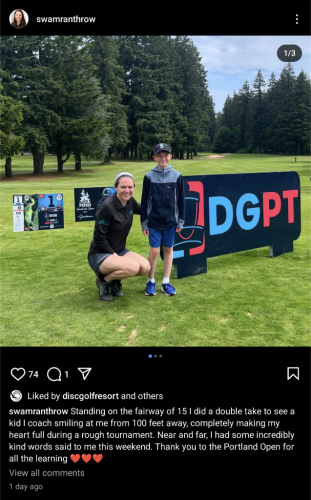
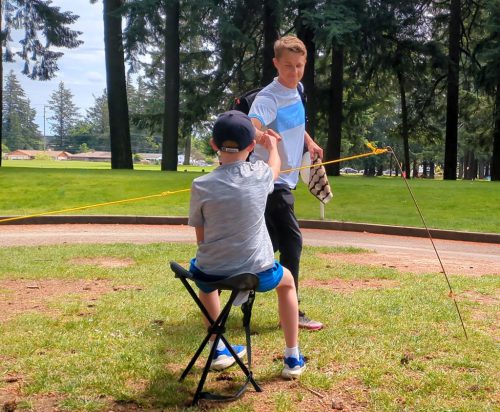
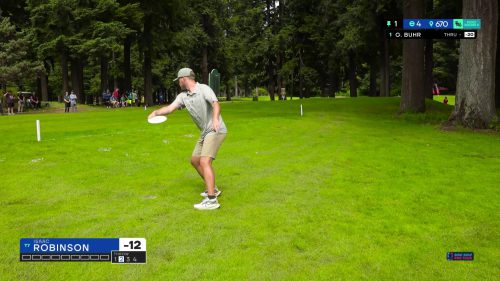
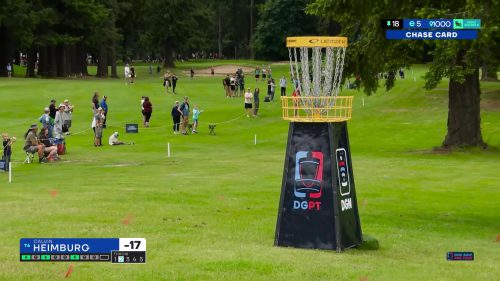

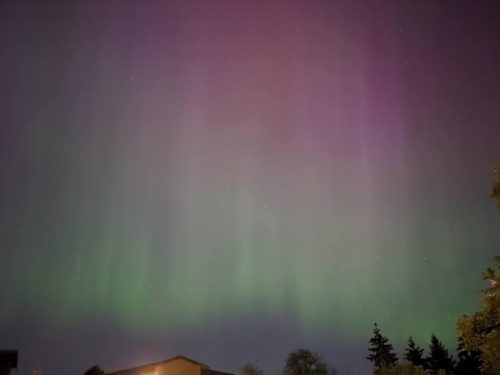
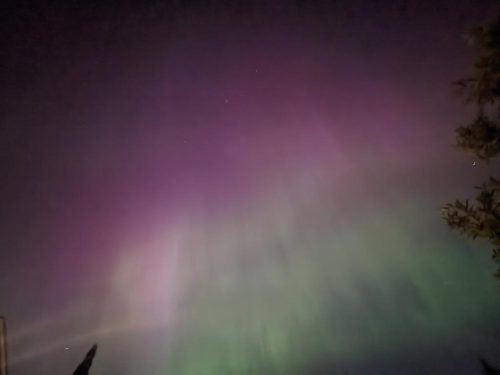

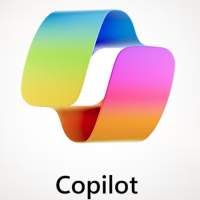
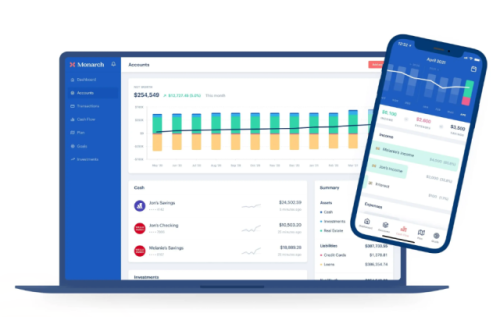

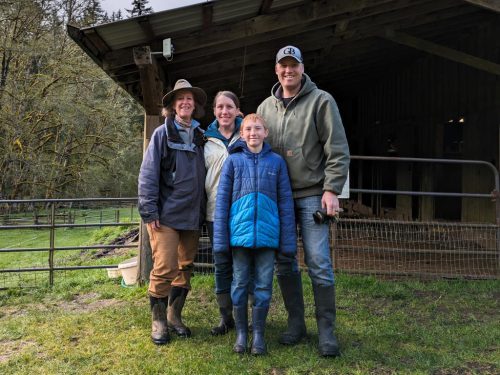
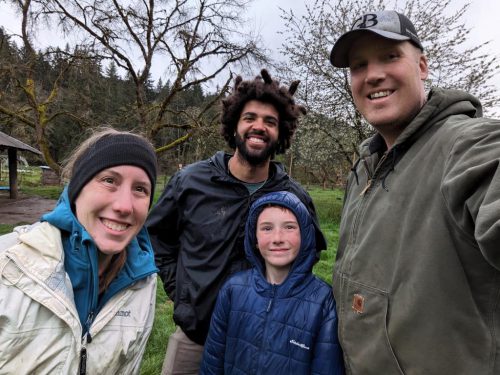


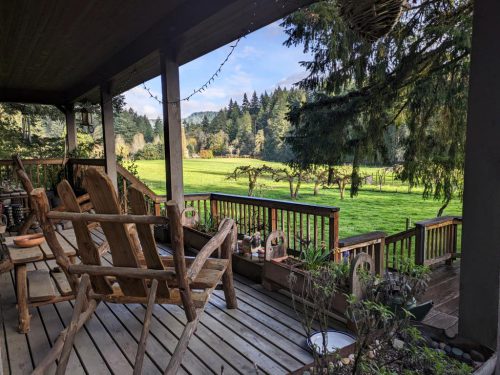
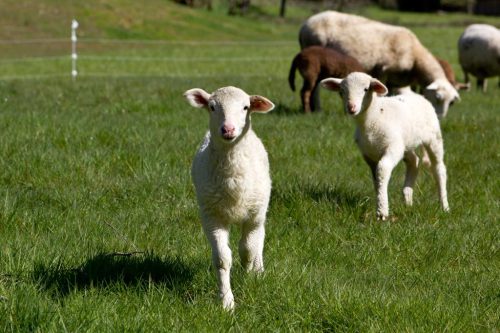
PacNW Christian Men’s Retreat 2024
Last year was my first time attending a retreat held by our area churches. I had a great time and instantly signed up for this year’s retreat as soon as they created the sign up form. Unfortunately, this year’s experience was dramatically different!
I decided to make the most of my trip to the Olympic Peninsula so I left earlier in the day so I could play a round of golf at Rainshadow Disc Golf Park. It’s one of the most highly rated courses in Washington and it didn’t disappoint. The holes are very well thought out and there is a lot of elevation change. Many holes have extreme penalties for throwing off the fairway because the fairway ends up being on the ridge of the hill with a steep drop-off on each side. Since I didn’t know the course (and I’m not that good), I mostly just played short throws that would stay in view, and I didn’t concern myself too much with my score. I shot a painful eight over par on the front nine and only one over on the back nine.
After finishing the round, I still had plenty of time, so I checked out the Dungeness National Wildlife Refuge. I didn’t feel like paying the entry fee just for 30 minutes of walking around, so I checked out the surrounding county park instead. I’d love to go back with more time to explore though.
Dinner isn’t provided on the first night of the retreat, and I stopped for a quick bite to eat at Jack in the Box. It was so gross when I went in that I should have just turned around, but I felt obligated to buy something since I had already used their restroom. And since it was just me without the family in tow, I didn’t think too much about it. But then the fries tasted really weird. That’s odd. They were so weird that I ended up not eating them all. Strange. But whatever.
When I showed up at the Men’s Retreat, I felt off. I figured it was probably just getting old and not being used to eating a lot of fast food. But as I met up with some of the other guys from our church and walked around, it got worse. By the time the event started, I knew something was wrong.
I’ll save you the biological details but suffice it to say that it became obvious that I had food poisoning. I skipped the evening session, went straight to bed, and laid awake all night with trips to the bathroom (trying very hard not to make any mess in my room!) At 3am, I called it quits, made a beeline for the ferry in my little window of time when I felt ok after a vomit, and got back home. I proceeded to feel worse and worse throughout the day, but I was very thankful to be home and have Tyla to help me out! By Sunday and Monday, I was able to keep some fluids down and slowly build my strength back.
After looking forward to the Men’s Retreat for a full year, it was a complete bust. But hey, there’s always next year right?